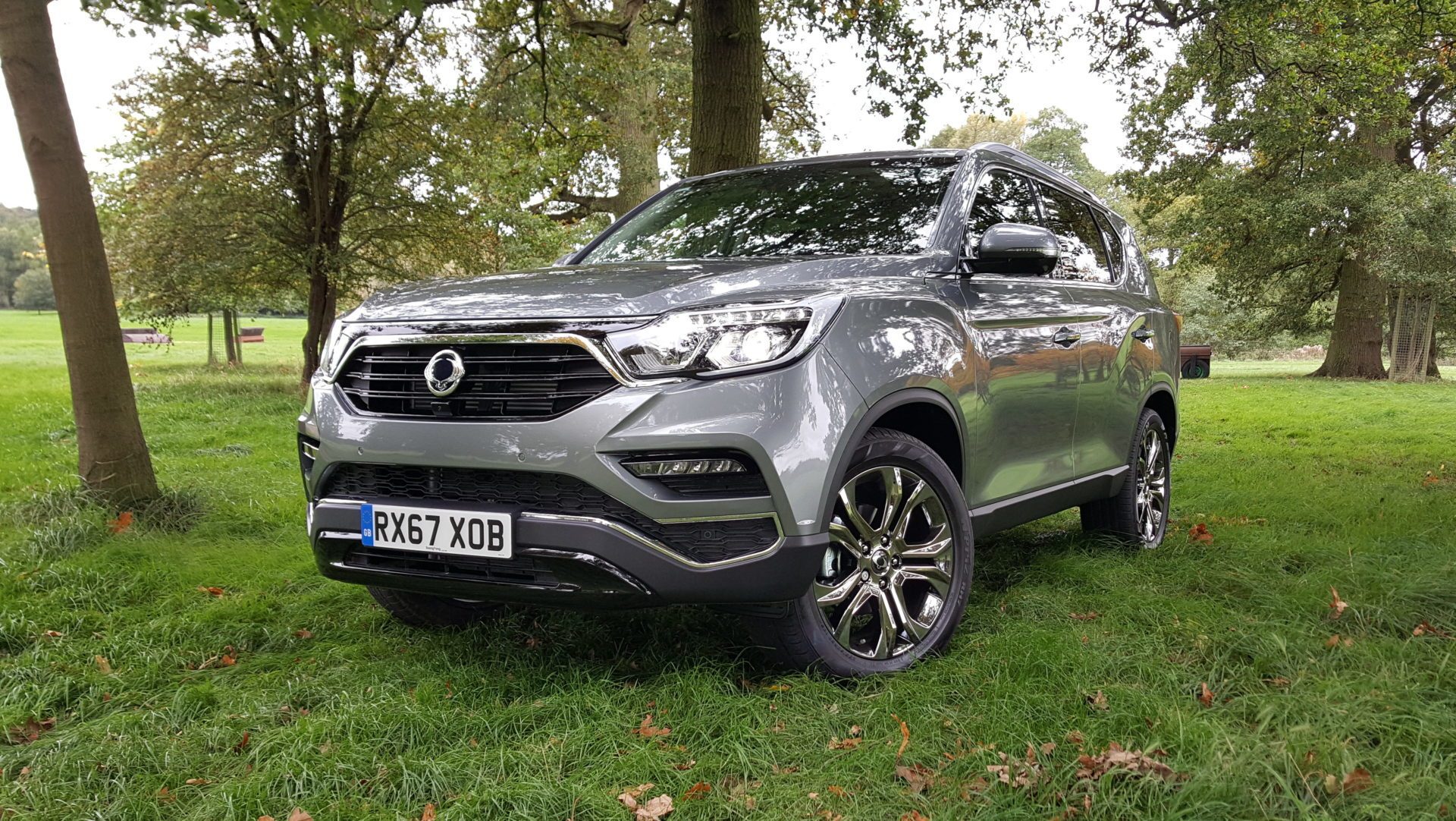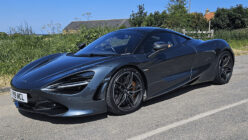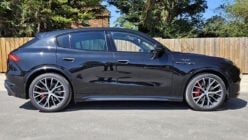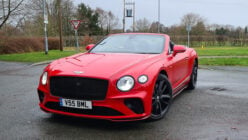There’s so many vehicles and brands that have emerged from the need for military transport. Just look at our road test last week, of the Mercedes G-Class. Or Land Rover, which started off as British oneupmanship with the Jeep.
In the Far East they quite liked the Jeep, and rather than outdoing it simply assembled them under license. It’s how Mitsubishi got started in Japan, and it’s what started off SsangYong in Korea.
We’ve been driving its latest creation, the all-new Rexton SUV.
Ssang… what?
It’s not a hugely catchy name, but it’s Korean for “Double Dragon”. Sounds a lot cooler now, huh?
SsangYong has a bit of a strange history. Originally founded in 1954, it started to build Jeeps under license for the US Army, as Ha Dong-hwan. Then it became Dong-A Motor, before SsangYong — a large Korean conglomerate — bought it and, sensibly, changed the name.
It started to build earnest but… well, cheap SUVs under a technical partnership with Mercedes. Then Daewoo bought it, and quickly sold it again after financial difficulties. Then Chinese brand SAIC bought half of it and during this period it made one of the ugliest cars ever made, the SsangYong Rodius. Its own financial difficulties followed and Indian giant Mahindra came in and brought the company some much-needed stability.
You’d be forgiven for not knowing much about SsangYong, but by the looks of it that’s about to change.
What’s the new Rexton about then?
This is SsangYong’s second brand-new model with Mahindra money. The first was the Tivoli, which is a C-segment crossover but with — like all SsangYongs — proper four-wheel drive. This Rexton is a five or seven seat body-on-frame SUV, replacing a car SsangYong has made (under several owners) since 2001.
There’s a few familiar points. It still sports a 180hp, 2.2-liter turbodiesel, paired to six-speed manual, or a seven-speed auto whipped from the Mercedes catalog. You still get four-wheel drive too, because it’s a SsangYong, with electronic switchable part-time mode, and high and low ratios.
Everything else is brand spanking new, right down to body honed in Pininfarina’s wind tunnel. Okay, so Mahindra also owns Pininfarina, but it’s fairly obvious that it’s a much, much better looking car than before.
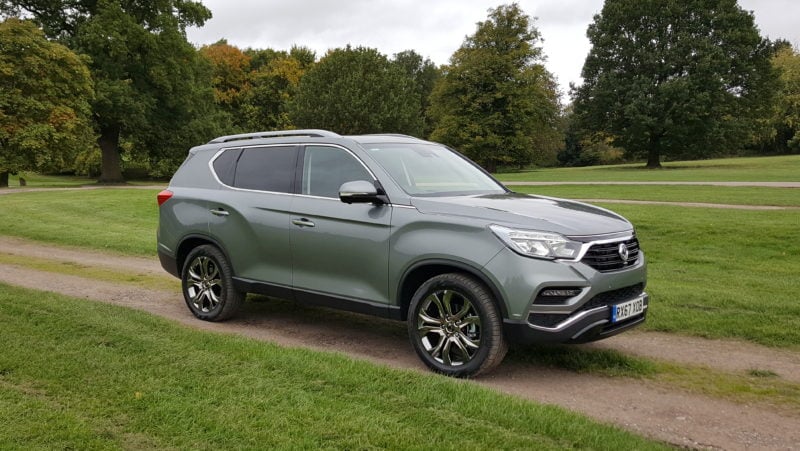
Is it all image over substance?
Quite the opposite. In fact SsangYong has always been a brand about substance rather than image. Even in the dull old days, a SsangYong was as bulletproof as anything and its cars won favor for how much stuff they could tow. Here in the North of England, SsangYong dealerships were always in some ancient industrial estate, right next door to a caravan dealer and opposite an Ifor Williams trailer outlet.
That carries right on through with the Rexton. In fact SsangYong set up a towing obstacle course for us with a horsebox — the brand sponsors the Blenheim Palace International Horse Trials. And a caravan. The car barely noticed the presence of either, but then it’s one of very few SUVs available in the UK that can tow the magic 3.5 tonne (3.4 Imperial ton) figure.
Off-road isn’t a problem either. Approach and departure angles aren’t terrific, hovering above 20 degrees in both cases, but with part-time four-wheel drive it will cope with most ordinary situations. Standard switchable high and low ratio four-wheel drive, hill descent control and hill start assist all add up to something pretty capable.
Where it’s not so great is on the road. The car is pretty busy on most road surfaces and although only some of it reaches the cabin by way of a fussy ride, it can make a lot of racket at times. On a smooth, open road, it’s actually rather calm and settled. Road and wind noise are remarkably well-contained — it must be all that time in Pininfarina’s wind tunnel. Our “Ultimate” version has the largest, 20-inch wheels too, so it’s a good effort.
You wouldn’t expect the Rexton to put up a good fight on a country road and to this extent it certainly meets expectations. To be entirely fair, the steering isn’t all that bad and SsangYong has made a good fist of containing excess body roll. Changes of direction aren’t all that dramatic, although we wouldn’t like to try an Elk test (it’d probably pass — we’re just not that brave). Physics wins out here, but it’s not like the car is floppy and unwilling — it’s just heavy.
The weight takes its toll on the diesel engine too. 34mpg (Imperial) is no great shakes these days, although we did see close to the official figures on the road.
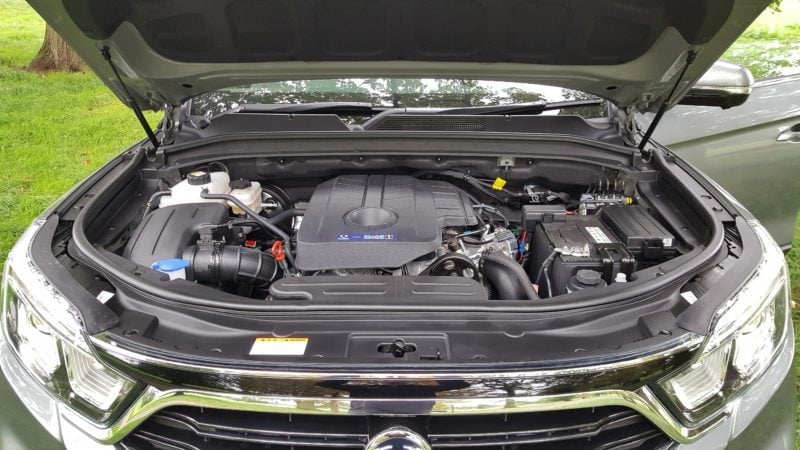
So is it cheap on the inside now?
No. Our first impression of the cabin was “This can’t possibly be a SsangYong”.
Quilted leather, ash trim, nine-inch touchscreen, color driver information screen in the binnacle… This is not SsangYong’s traditional fare. We drove a brand-new Musso pickup only 12 months ago and that was “made to budget”. The Rexton borders on opulent by comparison and it’s even on a par with some big-name rivals.
The standard equipment on this version is comprehensive. That quilted leather is standard on the Ultimate (no quilting on the ELX below it), along with power-adjustable front seats with memory function and front and rear seat heating. The leather-covered heated steering wheel is standard too, except for entry EX cars. You also get some nice touches like LED mood lighting.
Dual-zone climate control is standard fit to ELX and Ultimate, with manual rear seat air conditioning on seven-seat cars. The 9.2-inch HD touchscreen, which includes TomTom-based navigation and a reversing camera is standard on the higher grade cars like ours, and all cars get Apple CarPlay/Android Auto, DAB radio, USB and Aux connectivity and multifunction steering wheel. The camera has a 360º view function, and there’s also forward and reverse parking sensors. And there’s a hands-free smart tailgate.
Safety gear is also impressive. All cars have stability control, traction control, hill descent and hill start, active roll-over prevention, forward collision warning, lane departure warning, high beam assist and traffic sign recognition. Cruise control and rain-sensing wipers are also standard. Blind spot warning and lane change assist are standard fit on the Ultimate versions.
There’s a bit of a price to pay though, and that’s the price. All-in, the Rexton Ultimate is £37,500. The range starts at £27,500 and keeps most of the good bits — you essentially go without leather seats and swap the touchscreen for an eight-inch version. Still, this is a huge car full of good toys and difficult to fault even at the higher price.
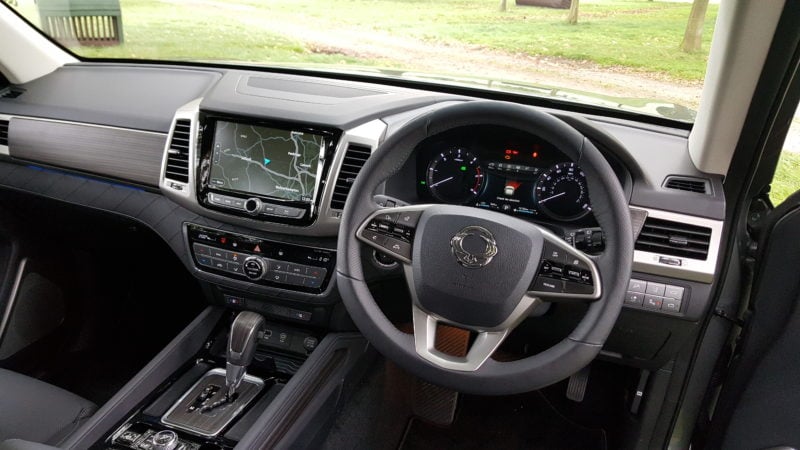
Who’s a likely Rexton buyer?
SsangYong makes no bones about it, this is a car for people who go to weird places while towing heavy stuff and don’t want a “Premium” lifestyle vehicle to do so. It calls itself the Korean Land Rover, and while it may not want to go directly head-to-head with a Landie, its buyers are more or less the same people.
Its dealers in Northern towns are next to caravan shops and agricultural equipment sellers. This is what a SsangYong is for — dragging things along farmland. But the rapid upshift in quality, and the perception of quality, very firmly plants the Rexton in among the large family soft-roaders too.
And if they don’t want a SsangYong?
There’s so many cars in this sector now that you could just put them on a dartboard and pick whichever one your dart lands on. We might have to get Tom Lehrer to do a song about them.
As Korea’s third brand, SsangYong’s targets are Kia and Hyundai – in this case the Hyundai Santa Fe and the Kia Sorento. You can substitute in any other D-segment crossover too, with the Skoda Kodiaq, Ford Edge, Mitsubishi Outlander (which is rather similar to look at), Volkswagen Tiguan, Nissan X-Trail — you get the idea.
About the only things that will pull as much and seat as many are the Land Rover Discovery and the Mitsubishi Shogun. Good luck getting them specced up to match the Rexton and staying inside the budget…

What’s the conclusion?
Chances are, even here in the UK where we’re the second biggest market outside Korea, you won’t have heard of SsangYong. If you had, you’ll most likely know them as very utilitarian cars — they do a great job at towing, or fitting people in, but the overriding impression is that they’re cheap and built down to budget.
Well, that’s all over. We had a crack in the new Tivoli off-roader two years ago and couldn’t believe SsangYong was making a Nissan Qashqai rival — okay, it wasn’t quite there, but it wasn’t far off — and then asking Ford Fiesta money for it.
The Rexton is like that, only SsangYong has pretty much nailed it. It has limitations, mind. The body-on-frame construction that makes it such a good hauler makes for a less compliant ride than the monocoques. We’d like to see a better engine too, as the 2.2 can be a bit rattly under stress, it needs a bit more power and 34mpg isn’t good enough.
However, the interior quality and equipment on offer are remarkable. SsangYong shouldn’t be able to make them as quickly as it can sell them.
Verdict:
SsangYong Rexton Ultimate
Learn more about how our rating system works.
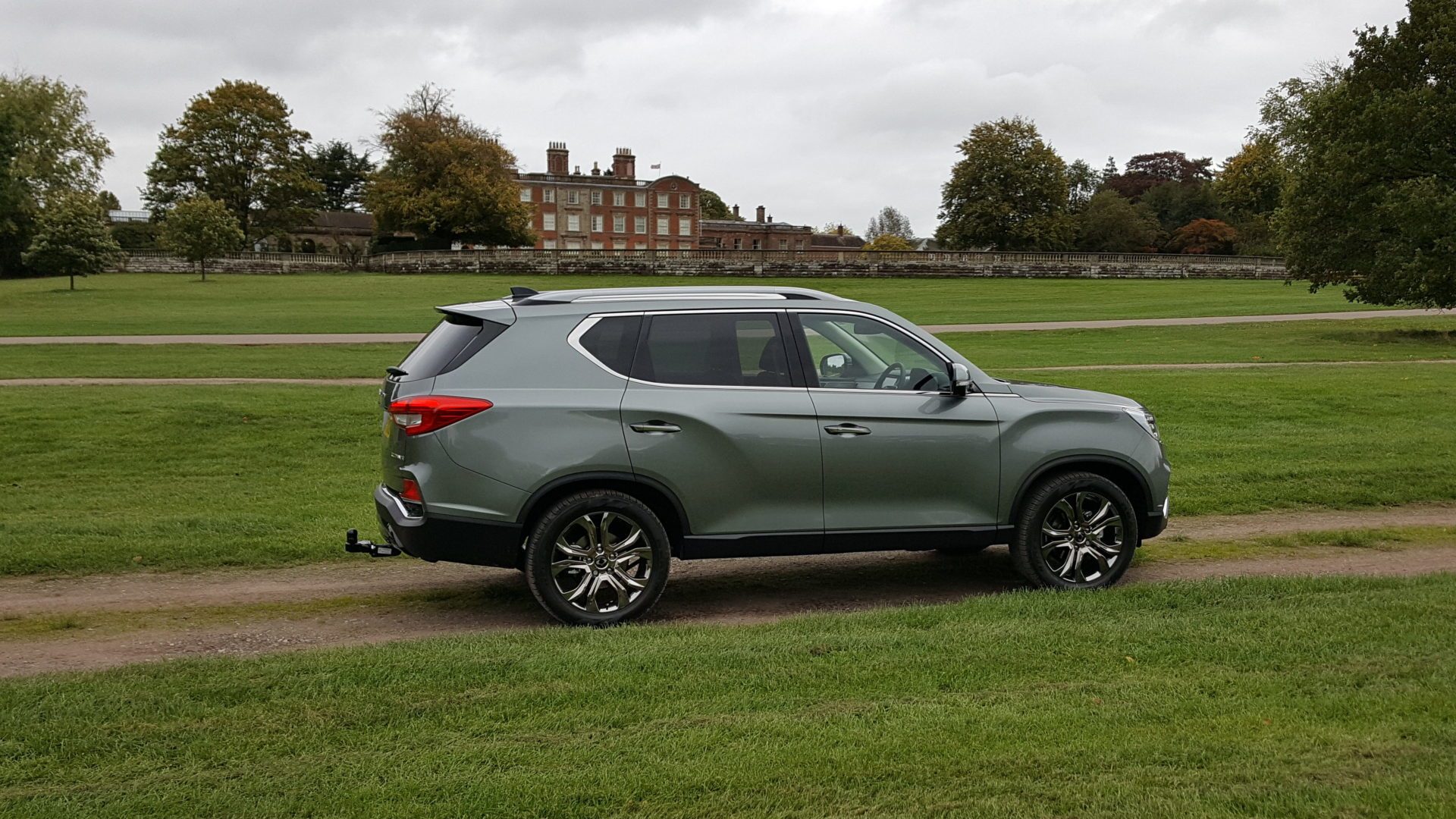
Quick Facts
See more articles on First Drives.

